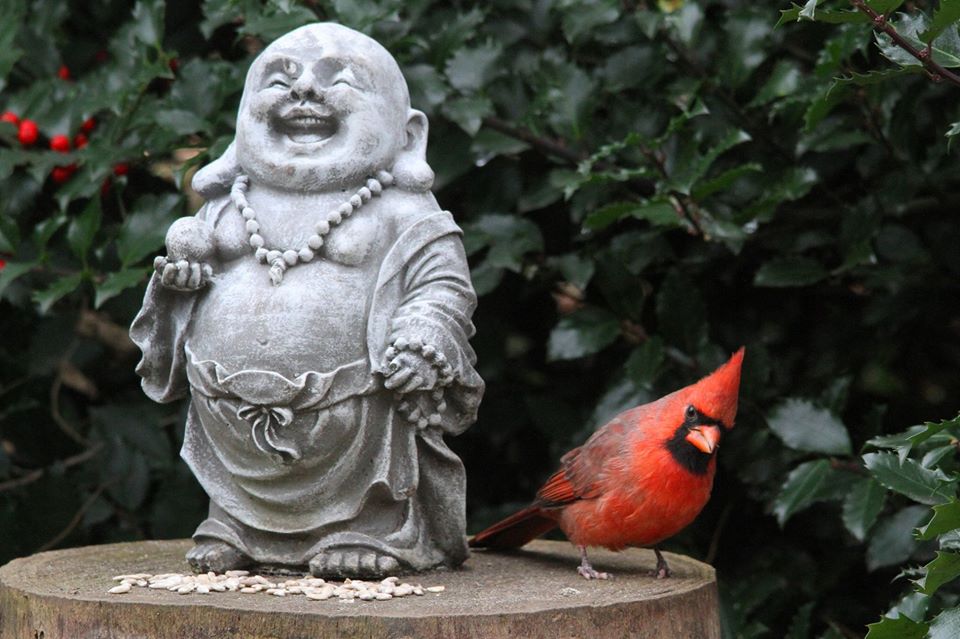
This weekend is the beginning of the annual Project Feeder Watch count season which runs from November until April. It’s something we have been participating in for over a decade now.
The days before becoming a citizen scientist and reporting our backyard bird species I was doing this on my own, documenting the birds throughout the year either on a calendar or in a dollar store journal. It helped us as new birders, learn about the species around us, who is a year round bird, who are the summer residents and who return in the winter. It was only after a visit to our local seed store when we learned that we could submit this data to Bird Studies Canada for research. Since then, we’ve not missed a year.
It’s great when we can add a new species to the count like one year a very late in the season Yellow-bellied Sapsucker hung around here for a couple days.
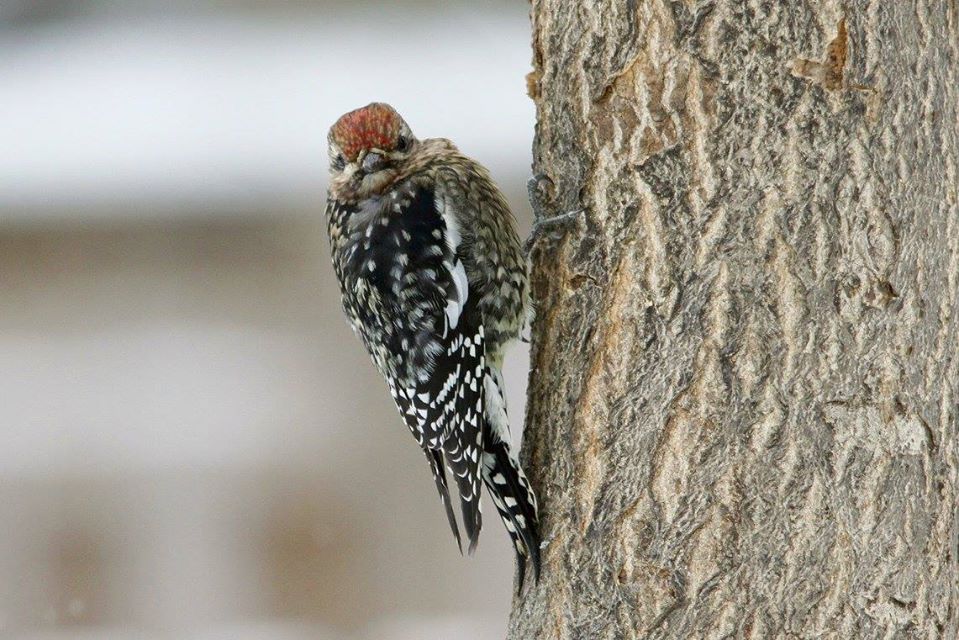
Or this Hermit Thrush.
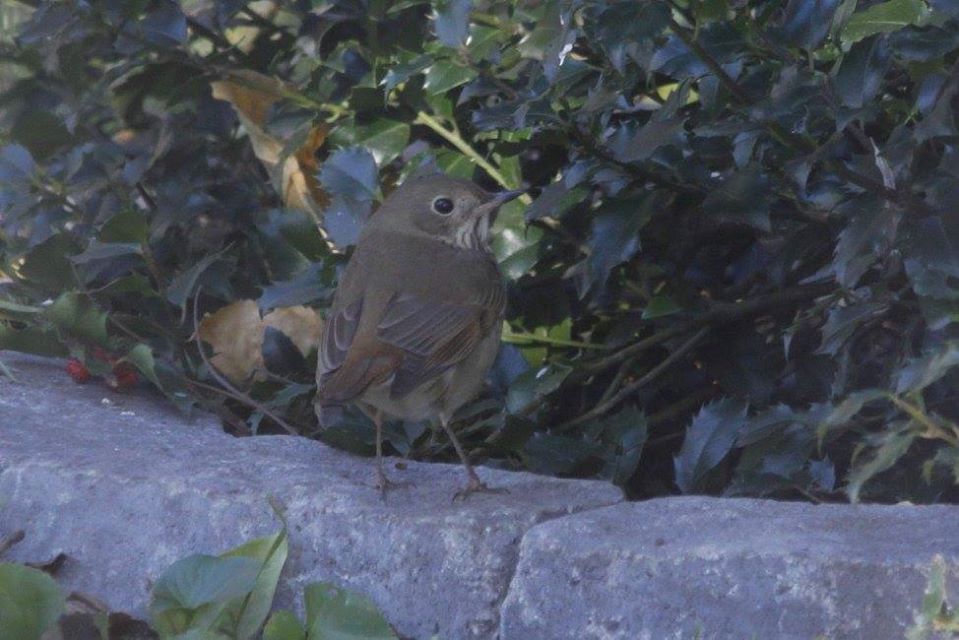
Five Evening Grosbeaks once stopped in, in all our years of watching birds in the yard. Lucky for us it was a count day. Normally we have to travel to Algonquin Park which is about 3.5 hours north of us to see these birds.
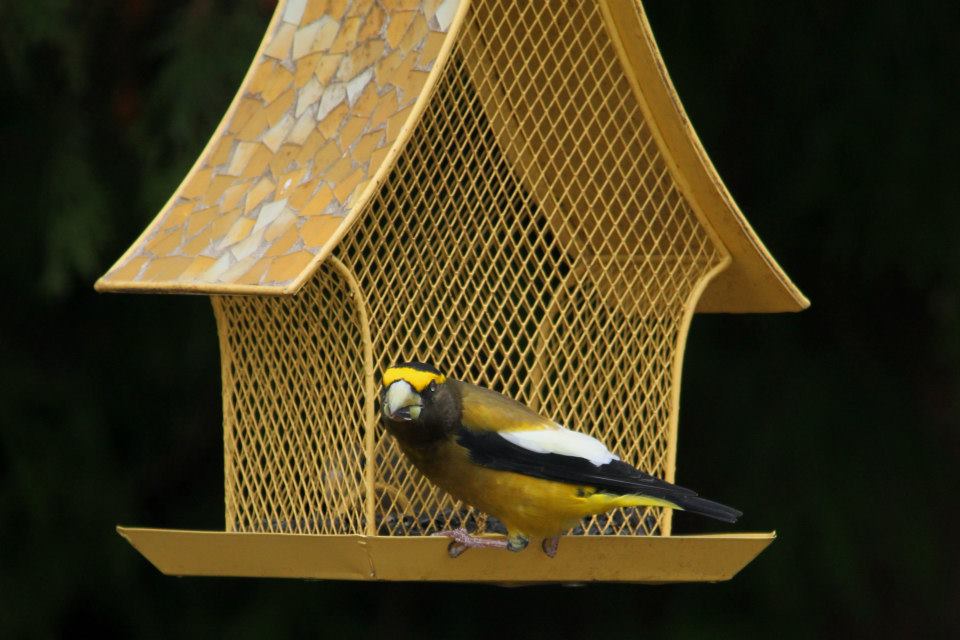
But 99% of the time, it’s just the regulars… House Sparrows, European Starlings, Northern Cardinals, Blue Jays, Red-breasted Nuthatches, Downy and Hairy Woodpeckers, and Pigeons. There are also random visits from House Finches, Gold Finches, Mourning Doves and Black-capped Chickadees.
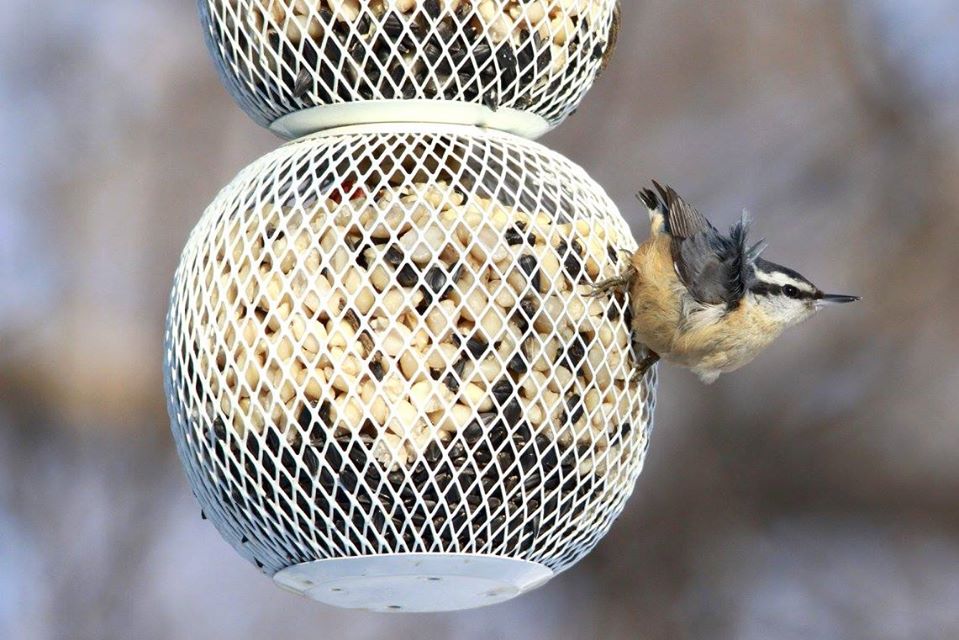
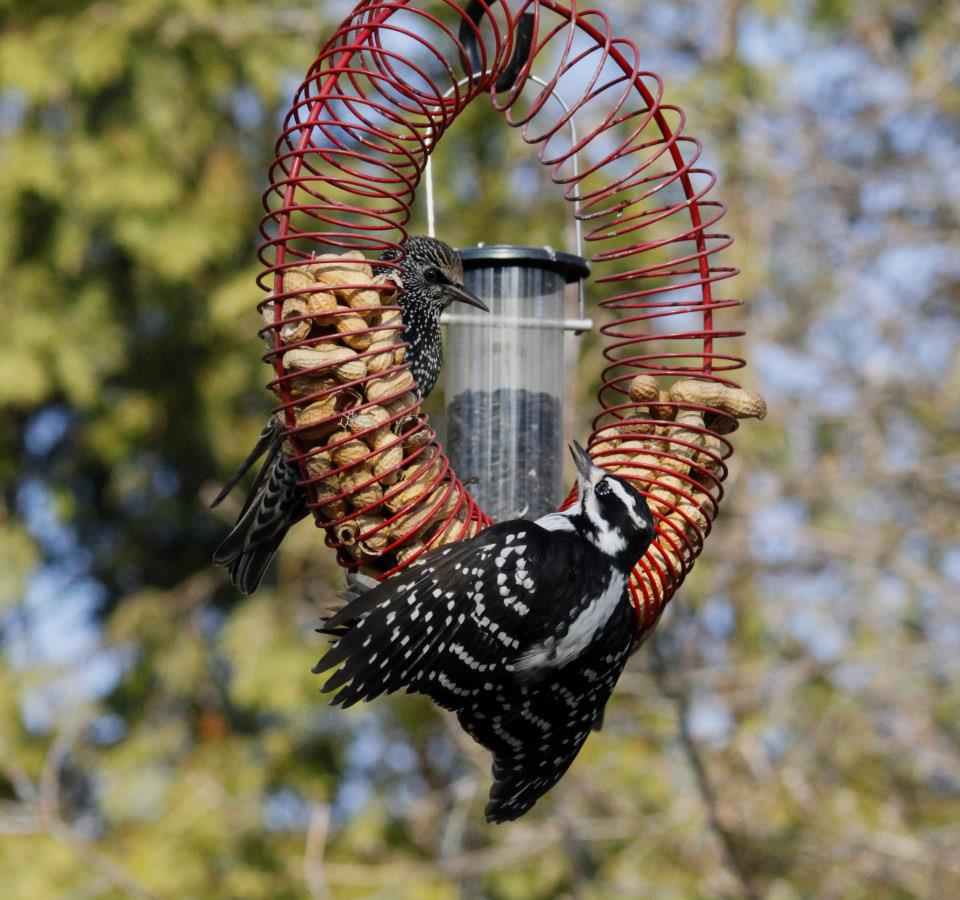
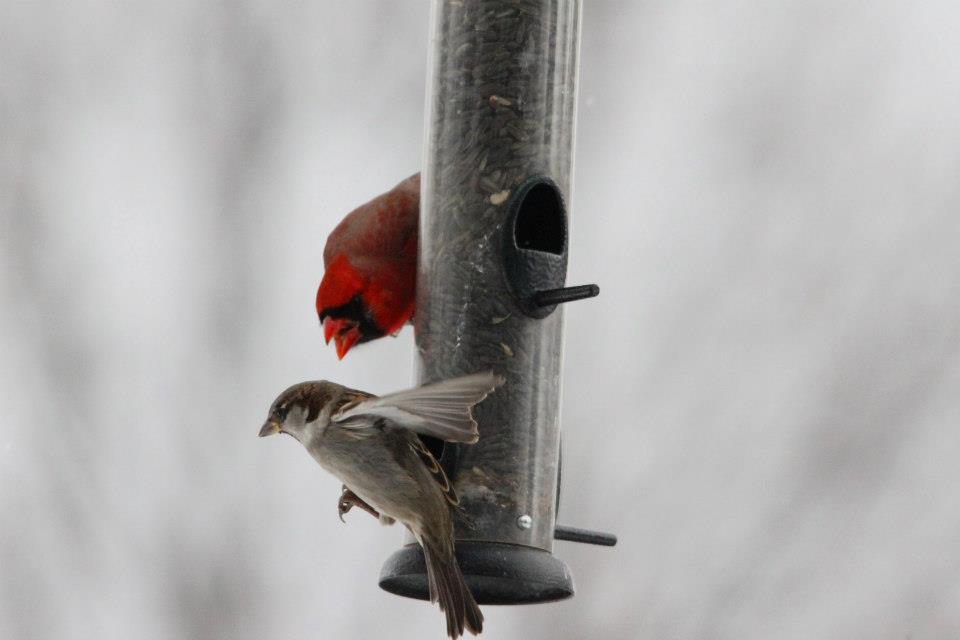
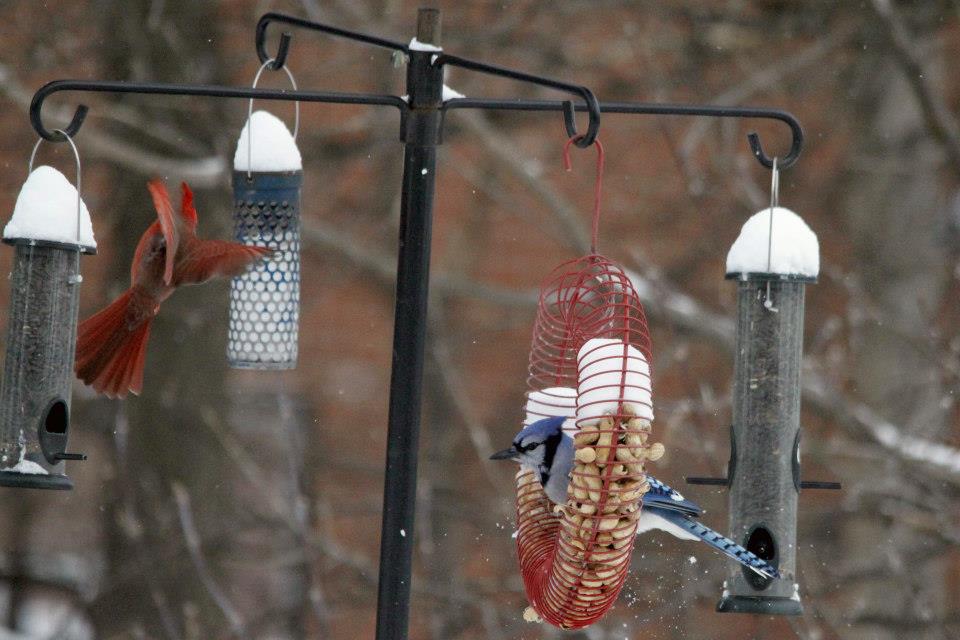
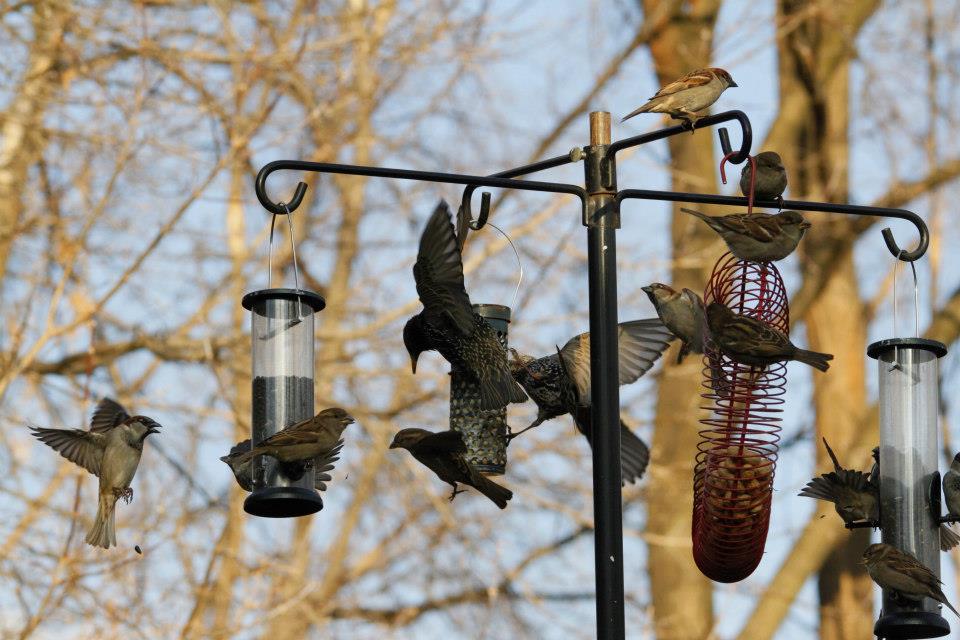
For the most part we offer the birds black oil sunflower seeds, whole and shelled peanuts which all the birds love. We keep safflower in one feeder off on it’s own as well which seems to only attract the Cardinals and House Finches. As for suet, we use pure suet as it seems to only be enjoyed by our Woodpeckers and occasional Nuthatch. Any flavoured suet is gone in a day, consumed by the Sparrows and Starlings or a Squirrel if they can access it. Pure suet lasts many weeks with us, even when there is 4 Downys and a couple Hairys coming in.
Feeding the birds also attracts predatory birds. We can see Cooper’s, Sharp-shinned and Red-tailed Hawks.
Sharp-shinned Hawk.
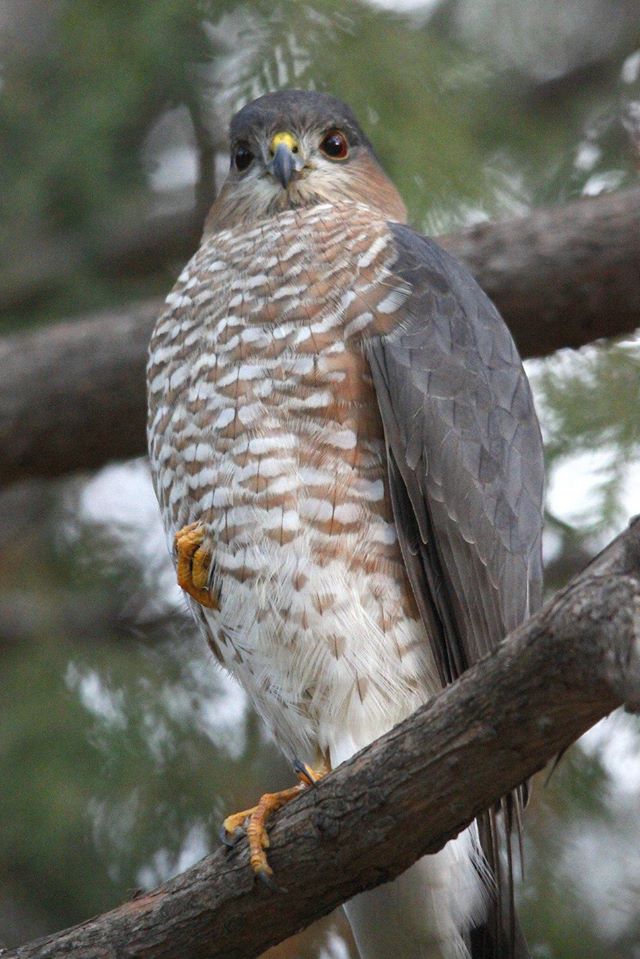
Red-tailed Hawk.
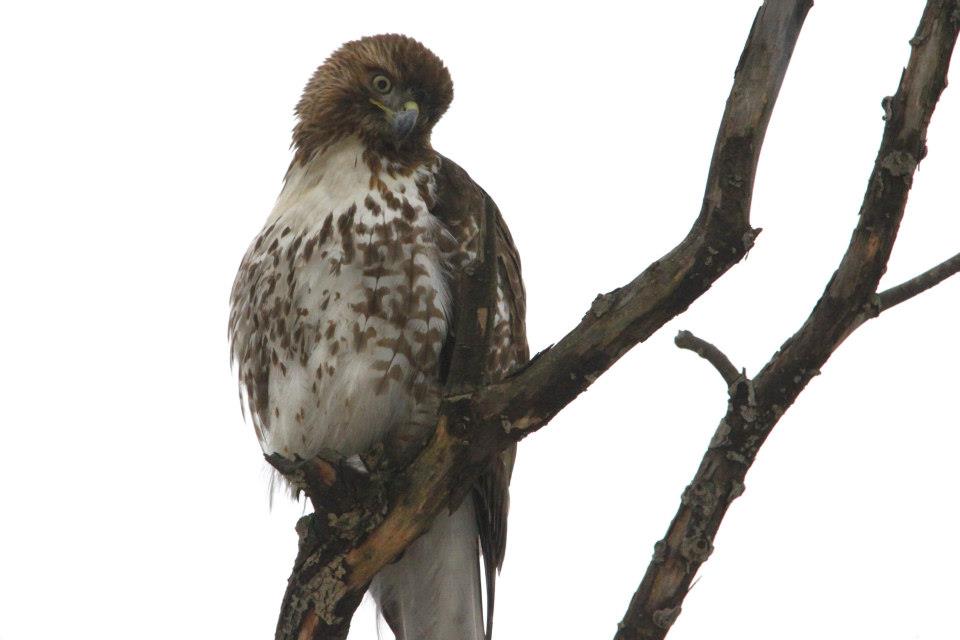
Cooper’s Hawk.
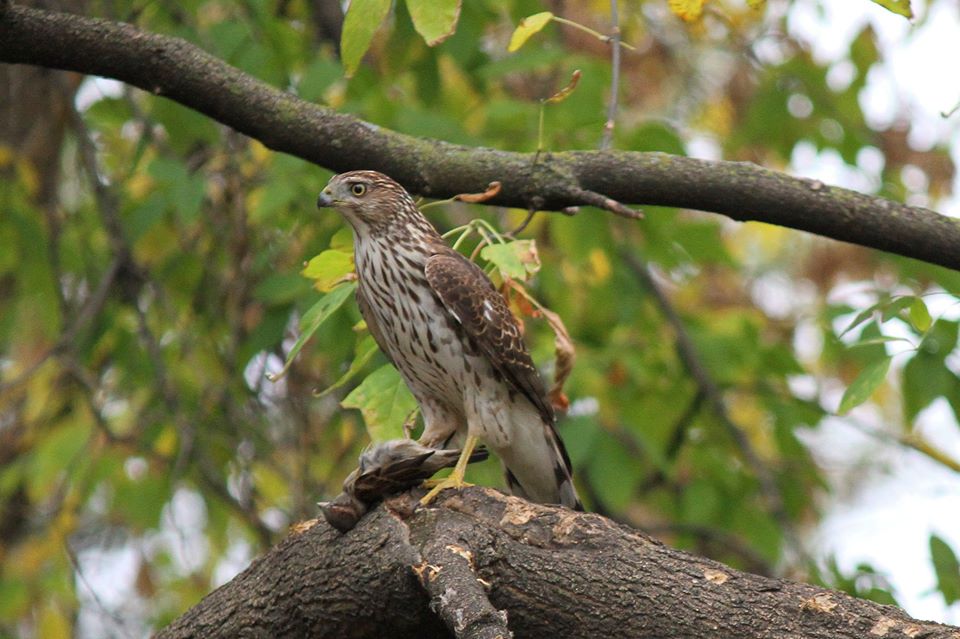
It is nature. Hawks have to eat too. Hawks will only take what they need and help weed out the sick and the weak in the flocks. If someone sees a Hawk on prey, it’s best to let nature take it’s course. Flushing the Hawk away may not save the animal it had in it’s talons. I volunteer with wildlife rehabilitation and have seen and heard far too many stories of someone meaning to do good by trying to save an animal from a Hawk and the animal ends up dying anyway. It’s a wasted death. The Hawk leaves hungry and searches for another meal. These birds of prey can be on the brink of starvation, especially young birds, and taking that catch from them may have been a death sentence. Just my two cents.
Other birds of prey we’ve recorded here during the feeder watch season have included American Kestrel, Merlin and Eastern Screech Owl. None are nearly as regular of visitors but thanks to paying a lot more attention to the backyard, they have been spotted.
You don’t need a big backyard. You don’t need a lot of feeders. You don’t need to commit a lot of time. Normally it’s your highest counts of various visiting bird species over a 2 day period each week. But if you can only spare 20 minutes once a week, that’s fine too. Just be honest about your counts. Like if you see 3 Blue Jays one time, then 2 another, you enter 3 as how many you saw and do not add the two counts together. Do your best to properly ID them. If you aren’t sure, try getting a photograph of the bird, and asking for help ID’ing if you cannot figure it out through a bird guide or app.
Something of interest that we have seen change over the last few years is we now have American Robins throughout the winter months coming to our heated bird bath and to feed on the berries of our holly bush. So much for the old “first sign of spring” that we were taught about them back in public school. Many overwinter in the woods near us.
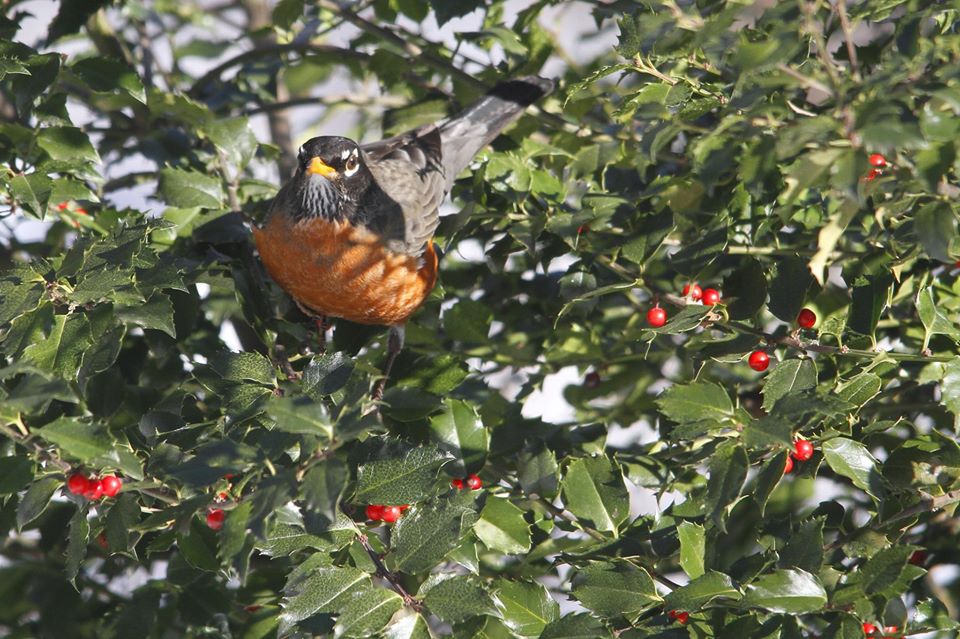
For us now, Red-winged Blackbirds are our first sign of spring. We are finding these birds returning earlier in recent winters. We still have one visiting us as of today, November 10th, making for the first count weekend. How long will he stay? If he stays all winter, what then (bird) will be our first sign of spring in 2020?
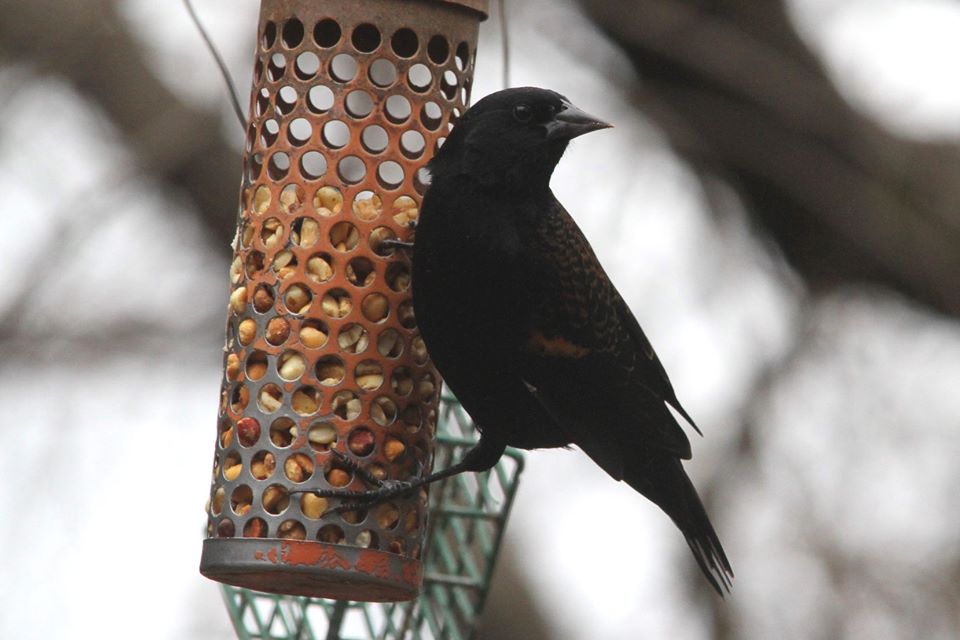
Before I end this blog, I should add that devoting time to the backyard and feeding the birds can have you make some new friends. Here are a couple of mine that visit these days.
Sherman the Pigeon. He’s fairly new, only been coming around for a couple weeks.
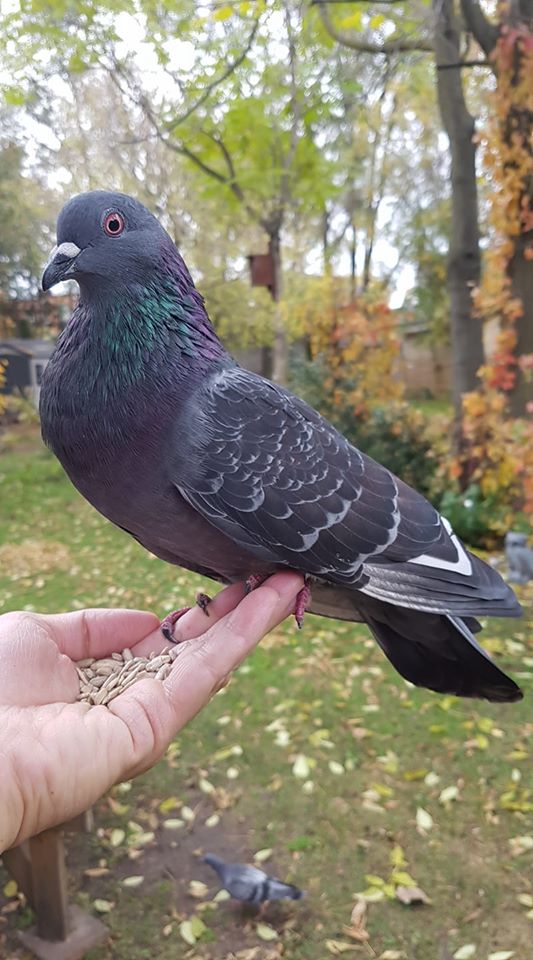
This is Charlie. She’s been visiting for almost 2 years now.
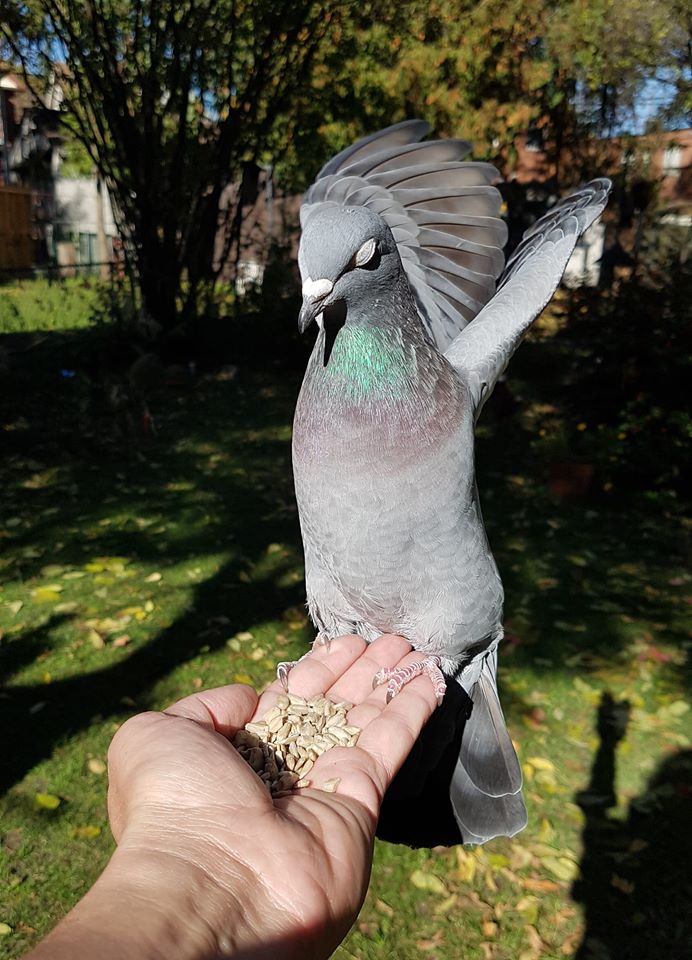
Pigeons are actually sweet and personable birds once you get to know them individually. I’m sure I have mentioned this before.
You can also try to make friends with the Squirrels that probably drive some of you crazy as they raid your bird feeders. Our motto is “if you can’t beat them, feed them”. We have beaten them for the most part but still feed them as we like to have them around. Our backyard has become a wildlife sanctuary, all are welcome. My only advice is to let the animals come to you and to always give your hands a good washing after any encounters like these here with the Pigeons and Squirrels.
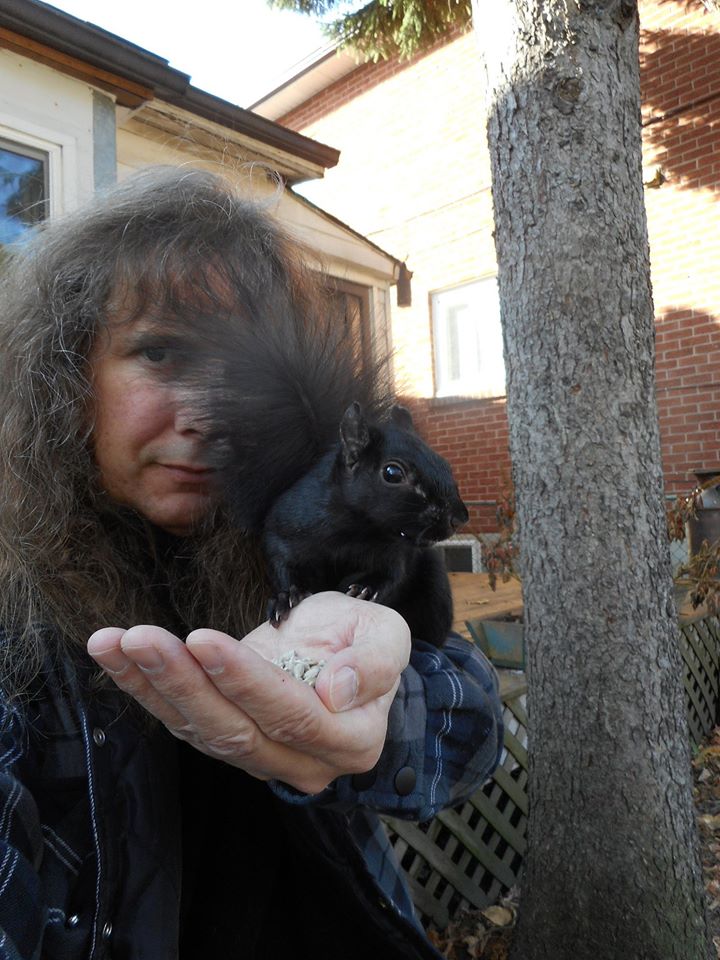
Thanks for stopping by our Toronto backyard. I’m curious how many of you also participate in project feeder watch?



Thanks Tammie!
A Shrike! Wow! I would die if we got one to visit our backyard. Such interesting birds. Good luck with your count Amy. May the birds be with you.
I do participate in Feeder Watch and I always enjoy your Posts and Tammie’s posts. This is a good reminder about how to count birds, how to let nature take its course and of course squirrels. I just put an old plough disk that I made into to a low feeder for the squirrels, it really does help. The White Ear Family of squirrels show up along with some Black squirrels to feed. The hawks and the occasional shrike that come through are part of life for wildlife, everyone has to eat. It has been a good weekend and tomorrow I should start my count. Thanks
wow, what a nice variety of birds and fantastic pictures too. Very interesting.
Thank You.
Exceptional photographs! Thanks so much for sharing~
I’m always curious about that too but it’s impossible to figure out. Great post, as always!